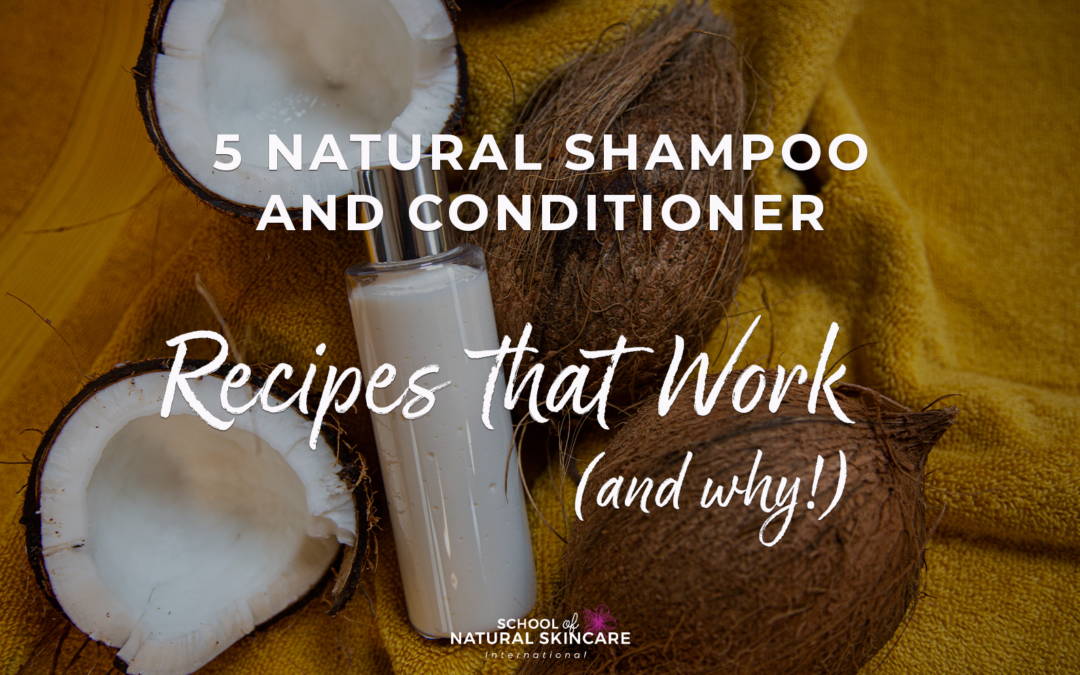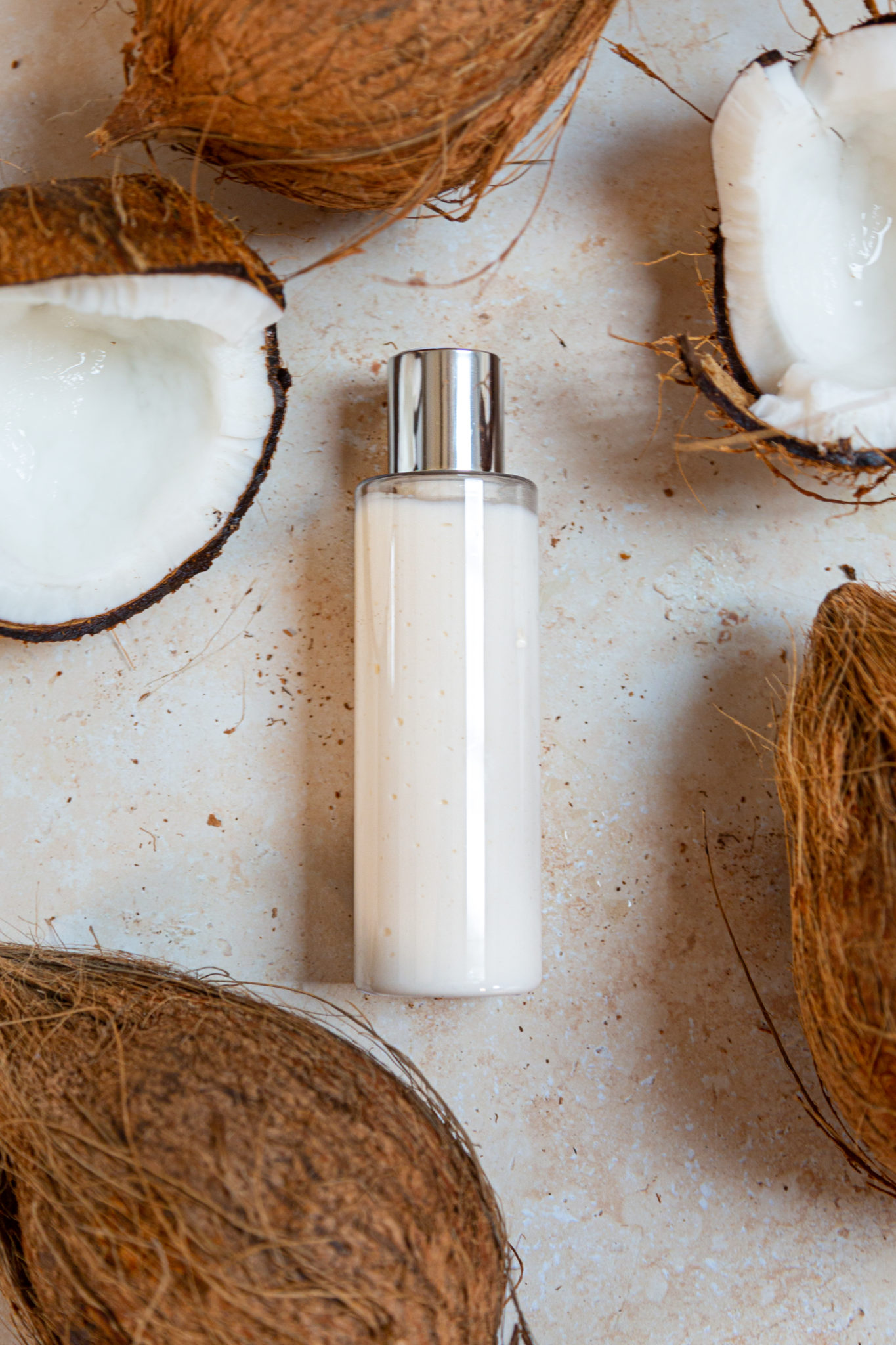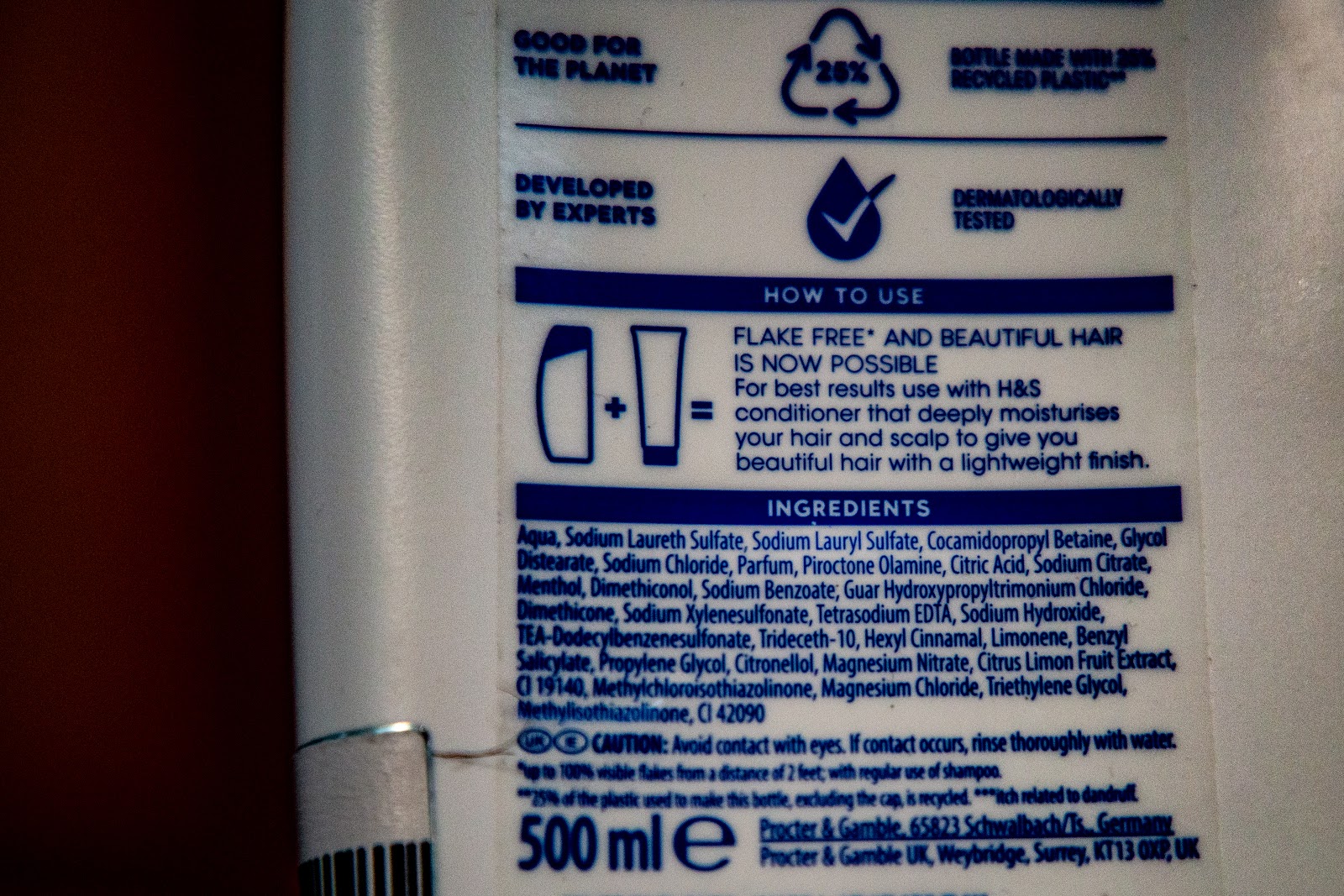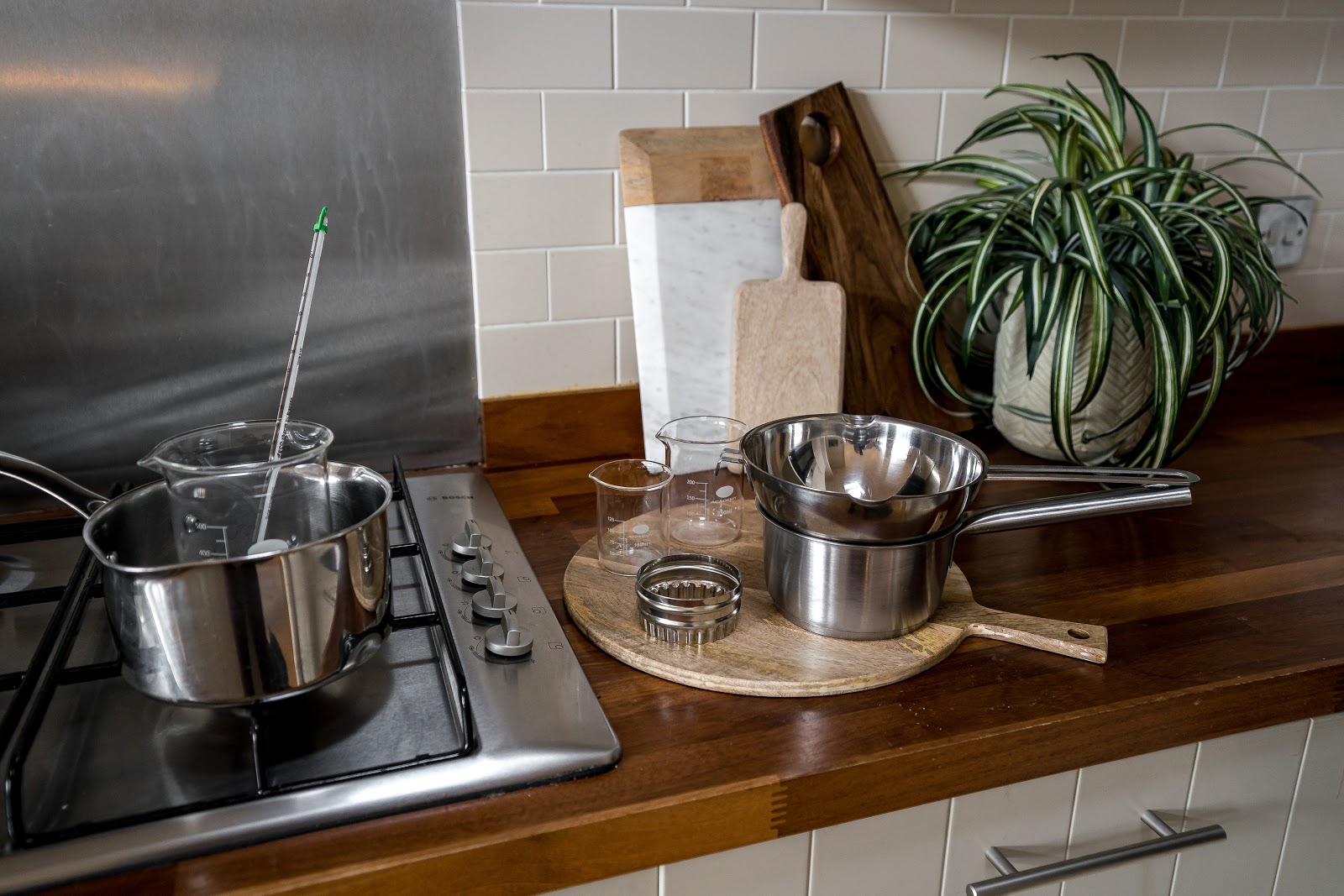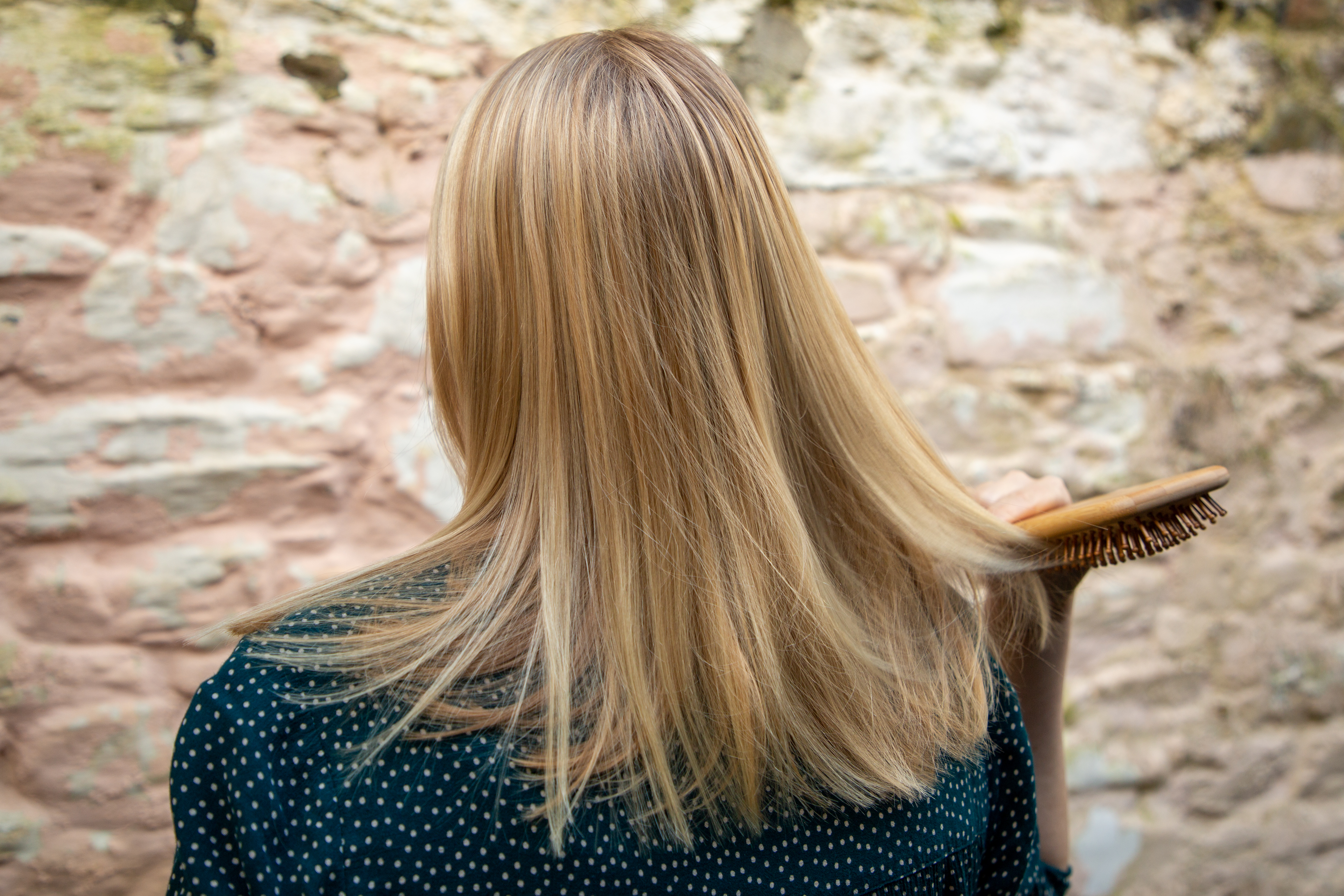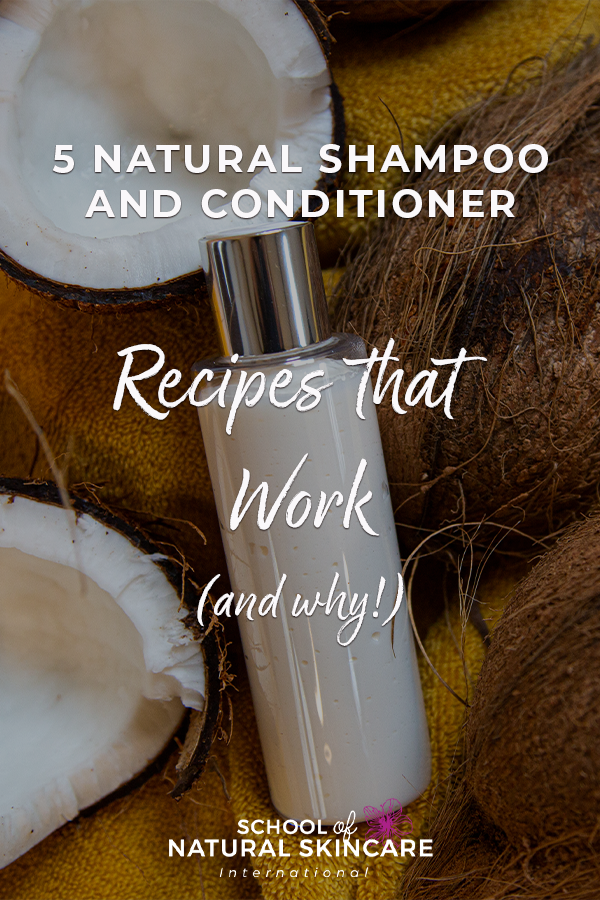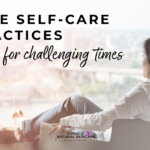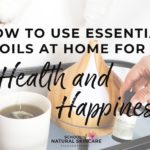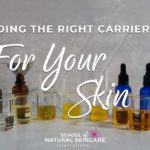What makes a good natural shampoo and conditioner
To find out more about this, check out our article 5Five Natural Shampoo Recipes that Won’t Work (and Why!). In it we explain why so many of the DIY shampoo recipes are either not effective, not very safe, or lead to damaging the hair.
It’s also really hard to find good shampoo and conditioner recipes that not only use ingredients suitable for the hair and scalp, but also follow the correct safe practices, which is why there is such high demand for our Diploma in Natural Haircare Formulation.
- Explain what a shampoo and a conditioner needs to do in order to be suitable for the hair and be effective.
- Give you two lovely recipes (that work) to try out at home – one for a natural shampoo and one for a natural conditioner.
- Give you free access to our Natural Shampoo and Conditioner Recipe Book, which contains two natural shampoo and conditioner recipes that work, plus a hair butter recipe, which also works! You can download it here for free.
This way you will have some basic knowledge of how to make a natural shampoo and a natural conditioner, and you will also have access to five gorgeous natural shampoo and conditioner recipes that work, are suitable for the hair and scalp, and follow best practices – DIY haircare created professionally, if you like!
How to make natural shampoo and conditioner
Making natural haircare products is not complicated, but it does require some knowledge about what hair actually needs in order to stay healthy, shiny and strong.
Well-formulated shampoos will have the correct composition to do three core things:
- Cleanse the hair (removing dirt, sebum and styling products, without stripping the hair of all beneficial oils).
- Close the cuticles on the surface of the hair (protecting the underneath layers from damage).
- Balance the hair’s pH (decreasing static that causes tangles and damage).
- Nourish the hair.
- Smooth the hair surface.
- Protect the hair from environmental factors.
Let’s have a look at two recipes from our Natural Shampoo and Conditioner Recipe Book.
The equipment you need to make a natural shampoo and conditioner
Luckily, to make natural products at home you don’t need too much equipment. What you do need is inexpensive kitchen or lab equipment which is easy to find both in stores and online.
- Thermometer, such as an inexpensive glass lab thermometer.
- Digital scales (ideally that measure to 0.1g).
- Electric stick blender for creating emulsions (conditioners).
- Measuring beakers/jugs – heat-proof glass lab beakers are ideal.
- A double boiler/water bath/bain-marie.
- pH strips or a pH meter (pH strips are easier for beginners).
- Hand whisk, spoons, spatulas.
- Protective clothing to protect both you and your products, eg gloves.
Where to buy specialist emulsifiers and surfactants?
The formulas below use two specialist ingredients, a cationic emulsifier called Varisoft EQ65 (INCI: Distearoylethyl Dimonium Chloride, Cetearyl Alcohol) and a very mild anionic surfactant called Perlastan SC25 (INCI: Aqua, Disodium Cocoyl Glutamate, Sodium Cocoyl Glutamate).
Varisoft EQ65 is a naturally derived and biodegradable cationic emulsifier that is permitted in Ecocert and COSMOS standards. It creates thick emulsions with good conditioning properties. You can find Varisoft at Alexmo Cosmetics (DE), Lotioncrafter (USA), Gracefruit (UK), Formulator Sample shop EU (IT), Save on Citric (USA), Windy Point Soap (CA). If you can’t obtain it we have provided substitution suggestions below the formula.
Perlastan SC25 is a very mild anionic surfactant, ideal for making gentle cleansing products like shampoo or body wash. It is sulfate-free and permitted in COSMOS, Ecocert and NaTrue certifications. As it comes in the form of a 25% active solution in water, it’s also very easy to work with. An alternative is sodium cocoyl glutamate which is more widely available. You can find this surfactant on Amazon, Mystic Moments (UK), Soap Kitchen (UK) SkinChakra (DE), Garden State Naturals (USA), Les Ames Fleurs (CA), New Directions (AU), Personal Formula Resources (Malaysia), Flowertales Cosmetics (IT), The Sourcery (NZ).
For other ingredients check the supplier listed on our supplier list.
Free Natural Recipe: Gentle Aloe and Lavender Shampoo for Normal Hair
Formulation
| Phase | INCI name | Trade name | Function | w/w% |
| A1 | Xanthan Gum | Xanthan gum | Thickener | 0.8 |
| A1 | Glycerin | Glycerin | Humectant | 3.0 |
| A | Aqua | Purified water (deionized) | Solvent | 61.1 |
| A | Disodium/Sodium Cocoyl Glutamate (25% AM) | Perlastan SC 25 | Primary surfactant – cleansing, foaming | 23.0 |
| A | Decyl Glucoside (50% AM) | Decyl glucoside | Co-surfactant – gentle cleansing | 10.0 |
| A | Aloe Barbadensis Extract | Aloe vera powder | Active ingredient, soothing properties | 0.1 |
| B | Dehydroacetic Acid, Benzyl Alcohol | Geogard 221 | Preservative | 1.0 |
| B | Lavandula Angustifolia (Lavender) Flower Oil | Lavender essential oil | Fragrance, soothing | 1.0 |
Recipe
| Ingredient | Weight in grams (for a 100g batch) | Weight in ounces (oz) for a 4oz batch |
| Xanthan gum | 0.8 | 0.032 |
| Glycerin | 3.0 | 0.120 |
| Purified water (deionized) | 61.1 | 2.444 |
| Perlastan SC 25 | 23.0 | 0.920 |
| Decyl glucoside | 10.0 | 0.400 |
| Aloe vera powder | 0.1 | 0.004 |
| Geogard 221 | 1.0 | 0.040 |
| Lavender essential oil | 1.0 | 0.040 |
Ingredient substitutions:
Perlastan SC 25 is also sold by its INCI name Disodium/Sodium Cocoyl Glutamate. If you can’t buy Disodium/Sodium Cocoyl Glutamate then you can use sodium cocoyl glutamate instead. If the active matter is the same (25%) then it can be substituted like for like. There are other surfactants you could use too, which you can learn about in our Diploma in Natural Haircare Formulation.
Instructions
- Mix phase A1 ingredients in a separate container to make a slurry.
- Combine the rest of phase A ingredients and mix until all of them are dissolved and homogenous.
- Add A1 to A and mix. If there are any lumps of xanthan gum, disperse them with a stick blender.
- Add phase B, mix thoroughly.
- Measure and adjust the pH to approximately 4.5. You can decrease the pH to 4.5 by using a 10% citric acid solution (10% citric acid, 90% purified water) and adding a little at a time until you reach your desired pH. More information about testing and adjusting pH is provided in our courses.
Is it going to cleanse the hair gently?
Yes, the shampoo contains a balanced combination of surfactants (Perlastan and decyl glucoside) to effectively clean the hair without being harsh or drying the scalp and hair.
Is it safe from contamination?
Yes, the formula contains a broad-spectrum preservative at an appropriate level.
Will it balance hair pH levels?
Yes, the shampoo will have a suitable pH after the last step. This pH will ensure the hair cuticles remain closed.
As you can see, there are several considerations to take into account when making a shampoo formula: choosing the right ingredients, at the right levels and the right manufacturing process. This is necessary to formulate gentle yet effective shampoo.
Now let’s have a look at a conditioner formula.
Free Natural Recipe: Shea and Coconut Conditioner for Dry Hair
Formulation
| Phase | INCI name | Trade name | Function | w/w% |
| A | Aqua | Purified water (deionized) | Solvent | 75.9 |
| A | Glycerin | Glycerin | Humectant | 3.0 |
| B | Distearoylethyl Dimonium Chloride (and) Cetearyl Alcohol | Varisoft EQ65 | Emulsifier, conditioner | 4.5 |
| B | Cetyl Alcohol | Cetyl alcohol | Thickener, emollient | 3.0 |
| B | Cocos Nucifera (Coconut) Oil | Coconut oil | Emollient | 3.0 |
| B | Butyrospermum Parkii (Shea) Butter | Shea butter | Emollient | 3.0 |
| B | Tocopherol | Vitamin E (95% mixed tocopherols) | Antioxidant | 0.1 |
| C | Panthenol | Panthenol | Humectant, film-former | 2.0 |
| C | Coco-Caprylate | Coco-caprylate | Silicone replacer, anti-static | 2.0 |
| C | Gluconolactone (and) Sodium Benzoate | Geogard Ultra | Preservative | 1.5 |
| C | Cocos Nucifera (Coconut) Extract | Coconut CO2 extract | Fragrance | 2.0 |
Recipe
| Ingredient | Weight in grams (for a 100g batch) | Weight in ounces (oz) for a 4oz batch |
| Purified water (deionized) | 75.9 | 3.036 |
| Glycerin | 3.0 | 0.120 |
| Varisoft EQ65 | 4.5 | 0.180 |
| Cetyl alcohol | 3.0 | 0.120 |
| Coconut oil | 3.0 | 0.120 |
| Shea butter | 3.0 | 0.120 |
| Vitamin E (95% mixed tocopherols) | 0.1 | 0.004 |
| Panthenol | 2.0 | 0.080 |
| Coco-caprylate | 2.0 | 0.080 |
| Geogard Ultra | 1.5 | 0.060 |
| Coconut CO2 extract | 2.0 | 0.080 |
Ingredient substitutions:
If you can’t buy Varisoft EQ65 then you can use BTMS-25 (INCI: Cetearyl Alcohol (and) Behentrimonium Methosulfate) instead, which is much more widely available, and naturally derived though not COSMOS-approved. (Varisoft EQ65 is COSMOS-approved). If you use BTMS-25 then you should increase the amount of emulsifier to 5% and decrease the amount of water to 75.4%.
Coconut CO2 extract can be difficult or expensive to obtain. You could substitute this with a CO2 extract or essential oil of your choice (check the usage rates with your supplier).
Instructions
- Weigh out the ingredients for phase A and add them to a container. Heat phase A in a water bath to 85°C (185°F) and stir occasionally.
- Mix phase B ingredients in a separate container and heat in a water bath to 85°C (185°F).
- Hold both phases at 85°C (185°F) for 10 minutes. To account for water evaporation during heating, weigh the container with phase A ingredients before heating and take a note of the weight. After the 10 minutes have passed, weigh the container again to see how much water has evaporated. Add the appropriate amount of purified water to compensate for any water lost during heating. Alternatively you could cover the beaker with plastic/Saran wrap whilst heating, which will also prevent evaporation.
- Mix phase A and B together and emulsify using a stick blender or a homogenizer.
- Cool the mixture down, stirring occasionally. You can use a cold water bath to speed the process up.
- Once the mixture cools to below 40°C (104°F), add phase C ingredients and mix using a spoon or stirrer.
- Measure and adjust the pH to 5.0. You can decrease the pH to 5.0 by using a 10% citric acid solution (10% citric acid, 90% purified water) and adding a little at a time until you reach your desired pH. More information about testing and adjusting pH is provided in our courses.
Will it condition and protect the hair?
Yes, the conditioner contains a cationic emulsifier, which will condition the hair and protect it from dryness and damage.
Will the conditioner remain stable and safe?
Yes, the formula contains all of the necessary ingredients to make a stable emulsion (emulsifier, stabilizer). The manufacturing process will also ensure the emulsification is carried out in the correct way. The formula also contains a broad-spectrum preservative that will protect the product from microbial growth.
Will it nourish the hair?
Yes, the conditioner contains nourishing oil to moisturize and smooth the hair, in a formula that won’t weigh the hair down or leave it greasy.
Will it smooth the hair surface?
Yes, because of a combination of suitable pH and a cationic emulsifier, the conditioner will close the cuticles and give a smooth finish to the hair.
How can I make my own natural and organic haircare products?
The fast track to creating and using your own complete range of natural haircare products is by enrolling on to our Diploma in Natural Haircare Formulation. It is a multimedia online course that you access via our easy-to-use virtual classroom meaning you study at home, from wherever you are in the world, in your own time, at your own pace.
On this fabulous online course, you also have access to a vibrant online student and graduate community, where you can collaborate with and learn from your student peers and seek help from experienced graduates. They are all passionate about natural and organic cosmetics and come together to create a wonderfully supportive environment.
On the course, you’ll learn to make six different types of natural shampoos, six different types of natural conditioners and a whole range of natural hair styling and treatment products, too. You can find out more information about the course here.
And remember to download your free Natural Shampoo & Conditioner Recipe Book where you’ll get two natural shampoo recipes, two natural conditioner recipes and a natural hair butter recipe!
Get your free Natural Shampoo & Conditioner Recipe Book
Learn to make your own natural shampoos & conditioners with luxurious natural ingredients.
Download this fabulous book and discover recipes for:
- Cocoa Butter and Patchouli Solid Shampoo Bar
- Shea and Coconut Conditioner for Dry Hair
- Monoi Beauty Butter for Hair
- Vanilla and Benzoin Solid Conditioner Bar
- Gentle Aloe and Chamomile Liquid Shampoo for normal hair
Plus we’ll share with you:
- The primary function of shampoos and conditioners and how they work
- A handy video where Gail shows you the equipment that you’ll need
- A list of recommended suppliers in the UK, USA and Australia
- Tips on customizing for different hair types
- 7 powerful ingredients to personalize your haircare products
Get your free Natural Shampoo & Conditioner Recipe Book
Learn to make your own natural shampoos & conditioners with luxurious natural ingredients.
Download this fabulous book and discover recipes for:
- Cocoa Butter and Patchouli Solid Shampoo Bar
- Shea and Coconut Conditioner for Dry Hair
- Monoi Beauty Butter for Hair
- Vanilla and Benzoin Solid Conditioner Bar
- Gentle Aloe and Chamomile Liquid Shampoo for normal hair
Plus we’ll share with you:
- The primary function of shampoos and conditioners and how they work
- A handy video where Gail shows you the equipment that you’ll need
- A list of recommended suppliers in the UK, USA and Australia
- Tips on customizing for different hair types
- 7 powerful ingredients to personalize your haircare products
Loved learning about shampoos and conditioners? Make sure to remember by pinning this article!

